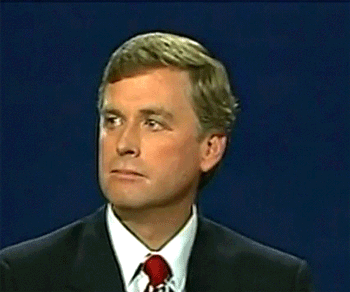
Bernard Montgomery





Erwin Rommel
October 23, 1942: The Second Battle of El Alamein begins.
Seventy years ago, the North African campaign reached its climax when Allied forces decisively defeated German-Italian forces at the coastal Egyptian town of El Alamein. At the First Battle of El Alamein, which took place in July of 1942, the Allied and Axis armies fought to a stalemate, although the Axis advance into Egypt (and toward the Suez Canal) was halted temporarily. The twelve-day second clash pit forces commanded by Erwin Rommel against those under the newly-appointed commander of the Eighth Army, Bernard Montgomery. Rommel was outnumbered in nearly every way possible. The Allied force had more men (British, Australian, South African, Greek, French, even Indian), more tanks, more cars, more artillery, and more aircraft; granted, the Allies had also outnumbered their foes at their first engagement at El Alamein, but now their advantage was almost overwhelming, particularly the air support provided by the RAF versus that provided by its German and Italian counterparts. In the end, the British took some 30,000 prisoners of war.
In his “The End of the Beginning” speech, delivered in November, Winston Churchill said of the Allied victories: “Now this is not the end. It is not even the beginning of the end. But it is, perhaps, the end of the beginning.” True enough, the defeat at El Alamein did not completely stamp out the Axis in Africa, but it was the turning point of the North African Campaign. The battle was also a huge morale booster. After the war, Churchill wrote: “It may almost be said, ‘Before Alamein we never had a victory. After Alamein we never had a defeat.’” The Axis’ forces were driven all the way to Tunisia, and in May 1943, Erwin Rommel’s Afrika Korps surrendered to the Allies. In 1946 Bernard Montgomery was granted the title Viscount Montgomery of Alamein, commemorating his crucial victory there.































































